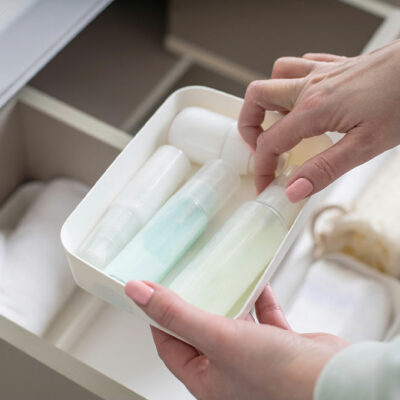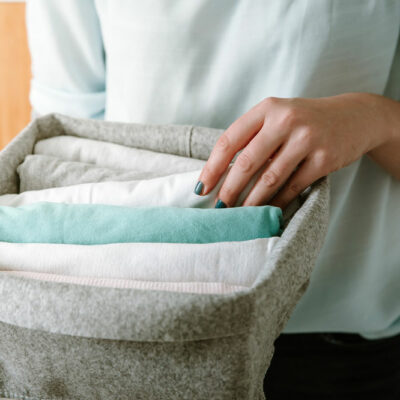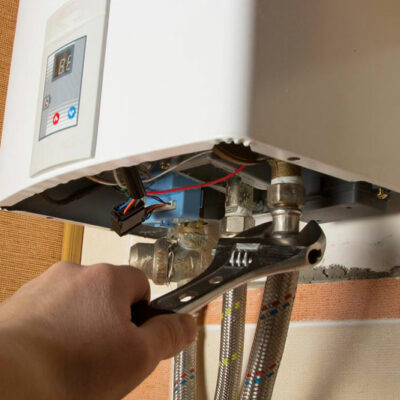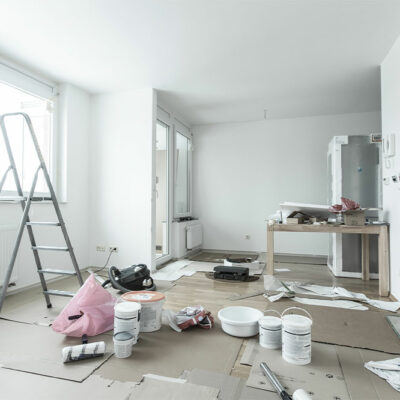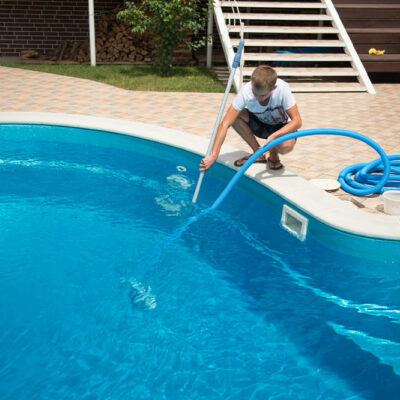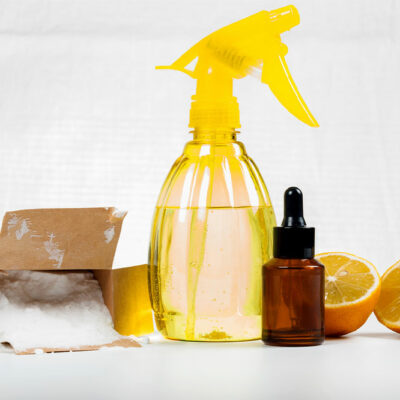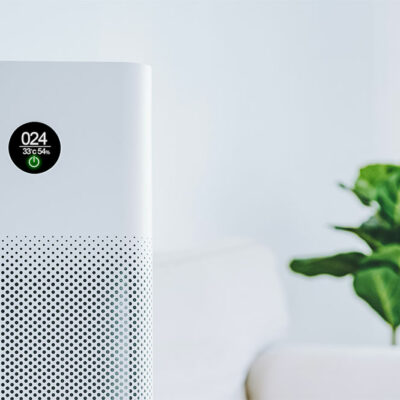
11 ways to keep the indoor air quality clean
The air in our homes is not perpetually clean. There are many chemicals, harmful gases, dust, and other airborne allergens that degrade the air quality in your home. These pollutants often stem from external factors and even the appliances you use at home. Furthermore, such pollutants can deteriorate health and trigger several health problems when inhaled. Therefore, here are 11 ways to keep the indoor air quality in your home clean. Open the windows Opening the window will let oxygen in and remove any harmful toxins in the air. It can even help keep the room breezy in the summers. Do not use aerosol sprays Aerosol sprays release harmful chemicals into the air. So you must use non-aerosol versions when it comes to hair sprays, furniture polish, and deodorants. Mop hard floor surfaces Mopping surfaces made from hardwood, vinyl floors, tile, or other toughened materials with a disinfectant will keep your home free of allergens. Inspect the air vents HVAC systems filter out harmful substances from the air to keep the atmosphere inside your room clean. Clean such air vents periodically to ensure they are working properly. Use exhausts Moisture in your home can lead to mildew, bugs, bacteria, and mold.
Read Article 